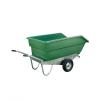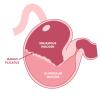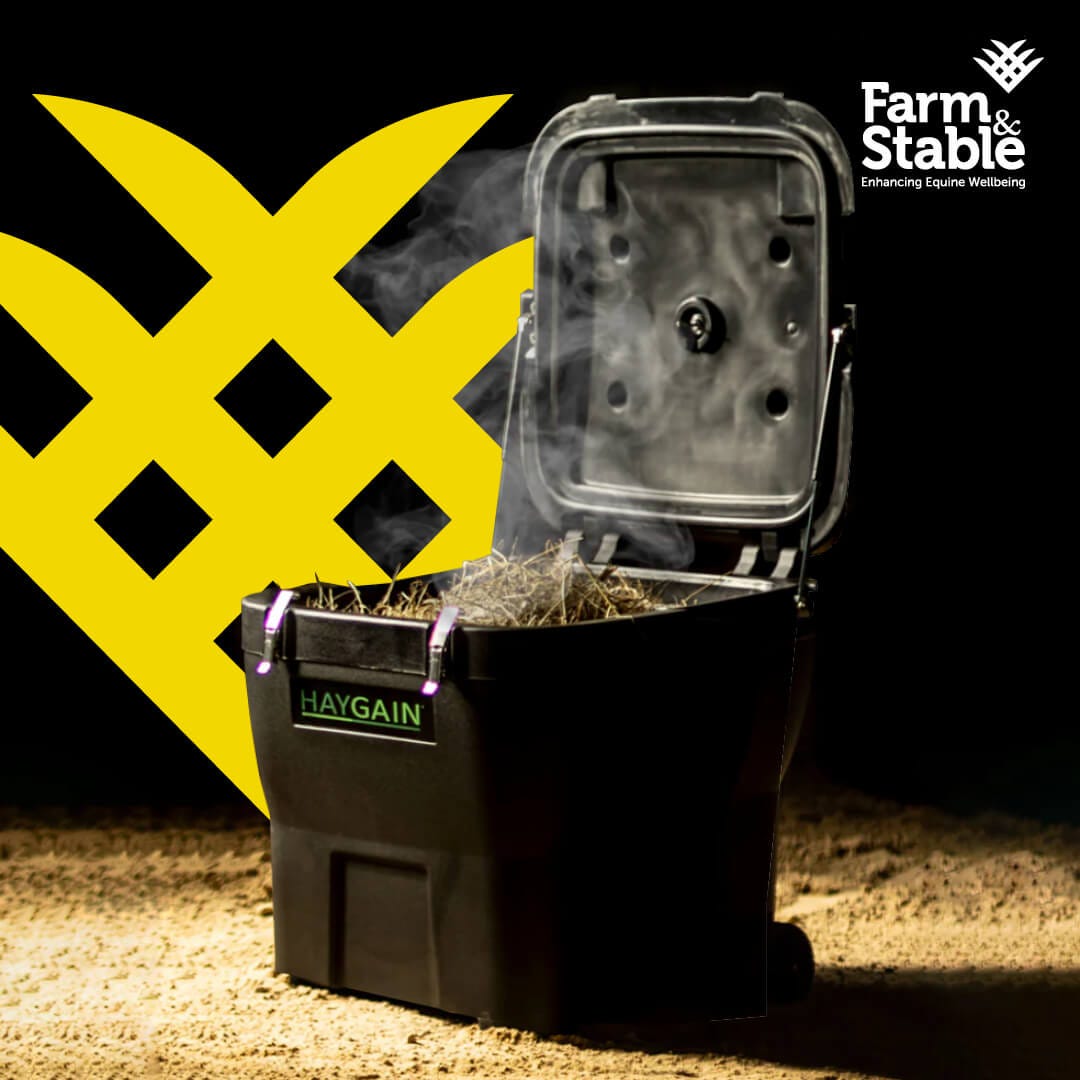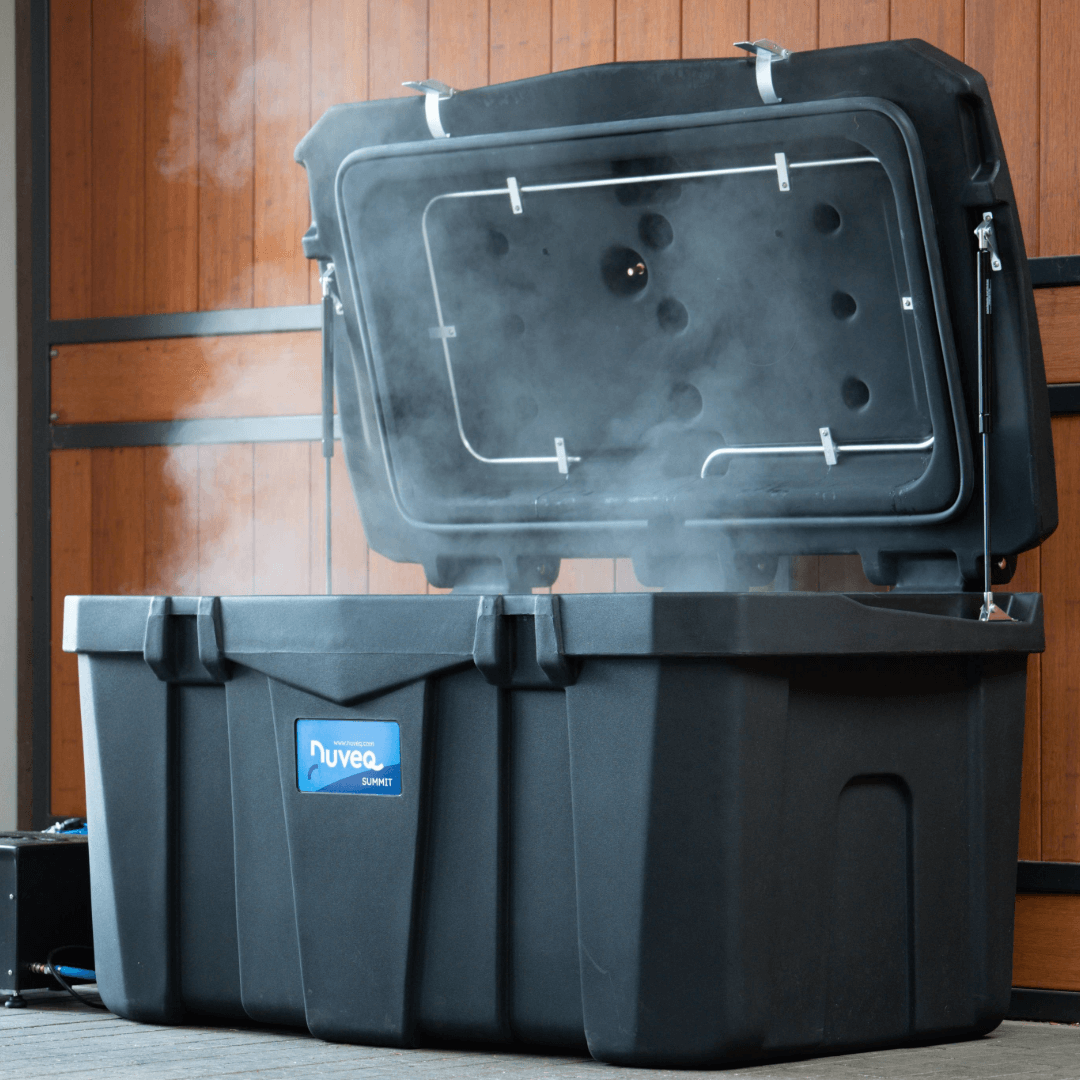Equine Biosecurity | Break - Treat - Prevent

 Equine Biosecurity is the umbrella term for those management practices and procedures that can reduce the risk of infectious disease outbreaks.
Equine Biosecurity is the umbrella term for those management practices and procedures that can reduce the risk of infectious disease outbreaks.
Prevention is key to protect our animals’ health, and it is obviously cheaper to prevent rather than treat disease. The recent outbreak of equine flu has cast a spotlight on the measures that can be taken to mitigate the spread of this virus and other outbreaks.
The effect on the racing industry and the wider horse world has been a wake-up call. The Animal Health Trust team was working round the clock and in three days had processed more than a normal year’s worth of samples.
As with human flu, equine flu is highly contagious. The virus is released into the atmosphere as droplets by the coughing of infected horses and it spreads rapidly and can spread over longer distances than some other diseases, requiring any infected animal to be isolated at a distance of 100m to reduce the risk of airborne spread.
But the flu virus can also live on surfaces, objects and clothing that have been contaminated by these droplets so a good management programme will help manage the risk of introduction or spread by any of these means.
Vaccination is vital and a requisite for racing, competing and any well-managed yard (refer to governing bodies or vets) as is the isolation of all horses new to a yard.
Having a yard health plan for everyone to follow will reduce the risk of equine flu and other infectious diseases being introduced to your premises, and good hygiene can minimise the risk of infections being spread between horses should an infection be identified.

Effective Hygiene Methods include;
- Disinfecting vehicles:
- Now that racing and point to pointing has been resumed under enhanced biosecurity rules, as the Point to Point Authority strongly advises, all horseboxes should be washed between trips.
- General traffic into your yard: Position a vehicle-ready ‘footbath’ at the entrance or exit of sensitive areas to prevent the spread of disease and infection
- Provide disinfectant footwear wash facilities for all visitors ensuring they don’t bring germs in or carry them out.
- Ensure horses do not share:
- Haynets
- Feed bowls and water buckets
- Other equipment such as tack, brushes, equipment
- Provide members of staff and visitors with access to hand sanitizer on entry and exit from each stables area.
- Keep biocidal wipes on hand for quick cleans in between deep cleans
- In quarantine/isolation areas; ensure adequate stocks of latex gloves and disposable masks and overalls plus ensure suitable receptacles are available for disposal after use.
- Deep Cleaning:
- Whether horse boxes, trailers, stables or other, firstly ensure all areas to be disinfected are free of mud, dirt and debris.
- Select a broad spectrum disinfectant appropriate for the area to be treated.
We particularly recommend Steri-7 Xtra as a bactericidal, viricidal, sporicidal and fungicidal high-level surface disinfectant, the outstanding performance of which has been testified to by many leading veterinarians, training stables, studs and equine establishments. In addition, especially for all areas horses come into contact with such as feeding/drinking equipment, Equisept from TRM is safe, efficient, economical, non-toxic and biodegradable product which comes as an easy to use effervescent tablet.
- Select an appropriate delivery method e.g. hand spray for small areas, power spray, back pack spray or atmospheric fogging.
For further advice speak to a member of our team about your specific requirements.
Bernadette Hewitt
Link to BHA advice - British Horse Racing Equine Influenza advice

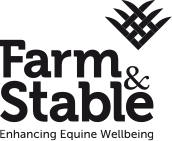

 Forgotten your password?
Forgotten your password?  Free Delivery on all orders over £95+VAT
Free Delivery on all orders over £95+VAT
